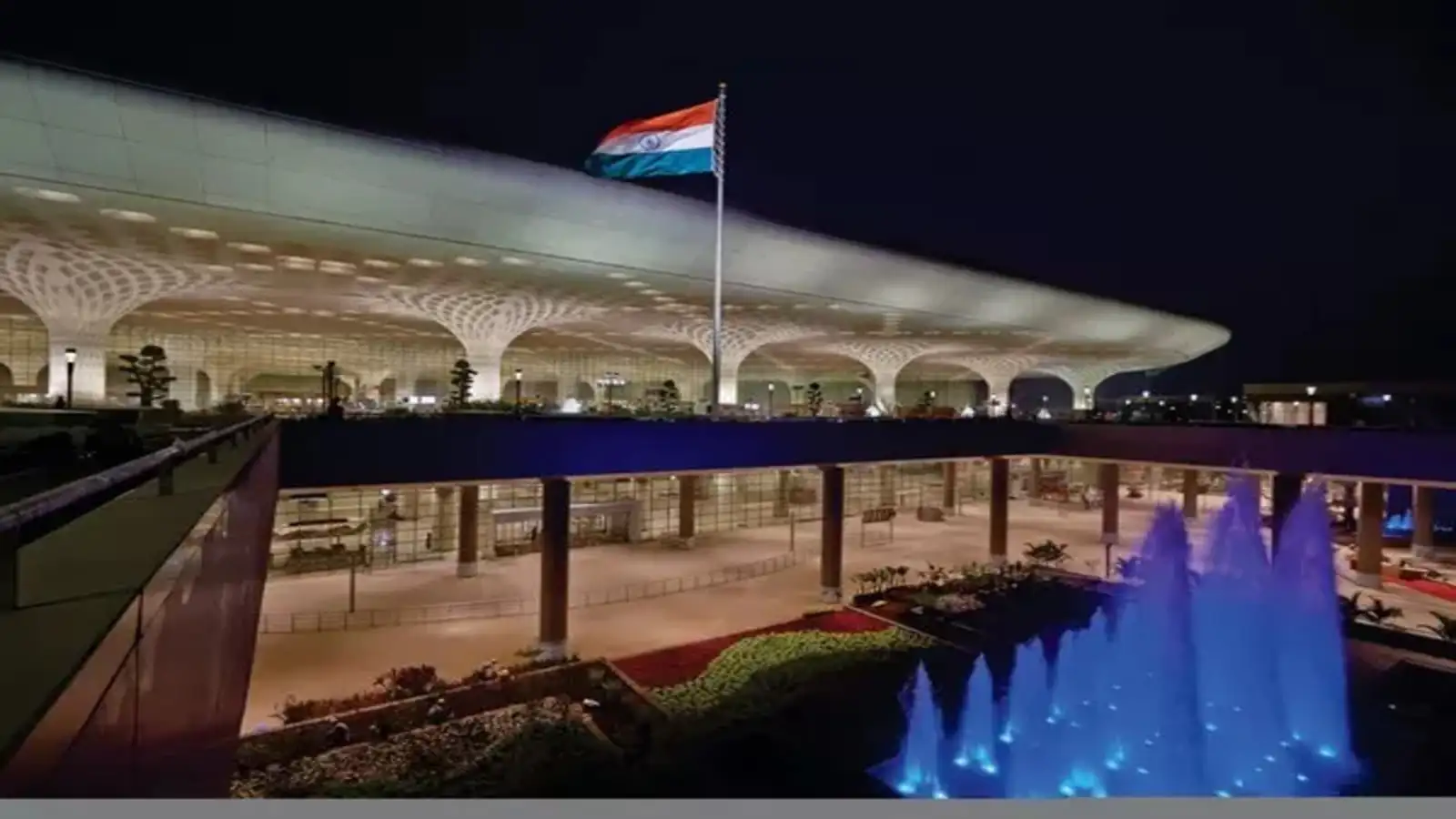The Adani Group has announced a massive ₹1 lakh crore investment aimed at reinventing India’s airport infrastructure over the next five years. According to Economic Times, led by Jeet Adani, the group’s head of airport operations, this ambitious push will focus exclusively on India, with the group confirming it has no current interest in expanding its aviation business internationally.
Expansion Strategy Across Indian Airports
Adani Airports already operates seven key airports across the country, including Mumbai’s Chhatrapati Shivaji Maharaj International Airport (CSMIA). With the soon-to-open Navi Mumbai International Airport (NMIA) set for formal inclusion by October, the group is preparing for one of the largest domestic infrastructure investments in recent memory. The largest proportion of this investment—between ₹95,000 and ₹96,000 crore—will go into major upgrades, particularly at the Navi Mumbai and Mumbai airports. The plan includes terminal expansions, new terminal construction in Ahmedabad, Jaipur, and Thiruvananthapuram, and the growth of Lucknow’s terminal. Guwahati is also preparing to inaugurate a new terminal by late 2025.
Navi Mumbai: India’s Next Aviation Powerhouse
The grandest highlight of the Adani Group’s strategy is the phased development of Navi Mumbai International Airport. The facility will begin operations combining its first two phases, offering immediate capacity for 20 million (2 crore) passengers per year. The initial phase is being realized with a capital outlay of ₹19,000 crore. Subsequent construction of the next terminal, referred to as T2, is expected to begin within the next six to twelve months. Once complete, T2 will help boost the airport’s capacity to between 30 and 50 million passengers, requiring further investment in the ₹30,000 to ₹45,000 crore range. Ultimately, Navi Mumbai’s total envisioned capacity rises to 90 million passengers annually, with an estimated total capital expenditure of around ₹1 lakh crore.
Transformation and Upgrades at Mumbai Airport
The group has ambitious plans for established hubs as well. Mumbai’s old T1 terminal is set to be rebuilt completely by 2032, representing an additional investment of ₹5,000 crore. These developments are paired with ongoing upgrades and technological enhancements designed to create world-class travel experiences and increase airport efficiency across Adani’s portfolio.
Funding, Partnerships, and Market Focus
Adani Group will fund these developments primarily through its own equity, demonstrating confidence in India’s aviation growth prospects and a strong commitment to self-reliant financial planning. The group has also confirmed that refinancing arrangements for Navi Mumbai are secure, with supportive partnerships from key lending institutions.
Currently, Adani’s vision remains rooted within Indian borders. The management sees abundant untapped potential in the domestic market and prefers to focus resources on improving and expanding within India rather than pursue overseas opportunities. The group aims to deepen collaboration with leading Indian airlines including IndiGo and Tata Group carriers, supporting integrated long-term planning and industry-wide growth.
Industry Perspective and Strategic Direction
Jeet Adani articulated the company’s objective to not just operate airports, but to shape the foundation for India’s integrated aviation ecosystem. Adani’s strategy is designed to recapture outbound air passenger traffic that currently transits through Gulf, Southeast Asian, and European hubs by enhancing airport-airline connectivity and services within India. The next 10 to 15 years are seen as the window of greatest opportunity for Indian aviation, with a focus on maximizing upcoming public-private partnership projects and market expansion.
The Road Ahead
With its record-shattering investment and India-first approach, the Adani Group is signaling a new era for Indian airport infrastructure. As passenger demand soars and new terminals rise in cities across the country, Adani’s vision could play a decisive role in turning India into a global aviation hub while transforming air travel for millions of Indian passengers.
Photo Credit: Economic Times




